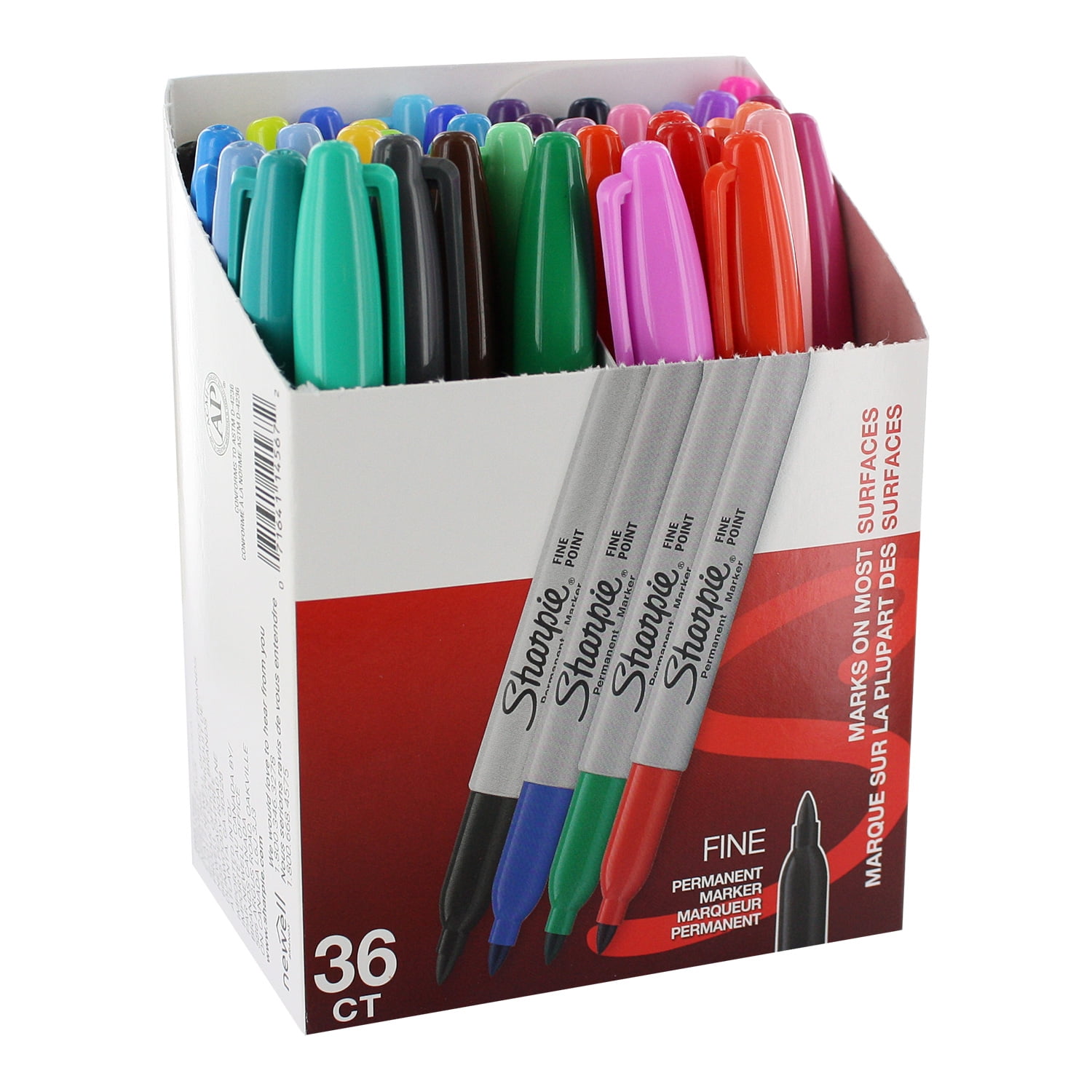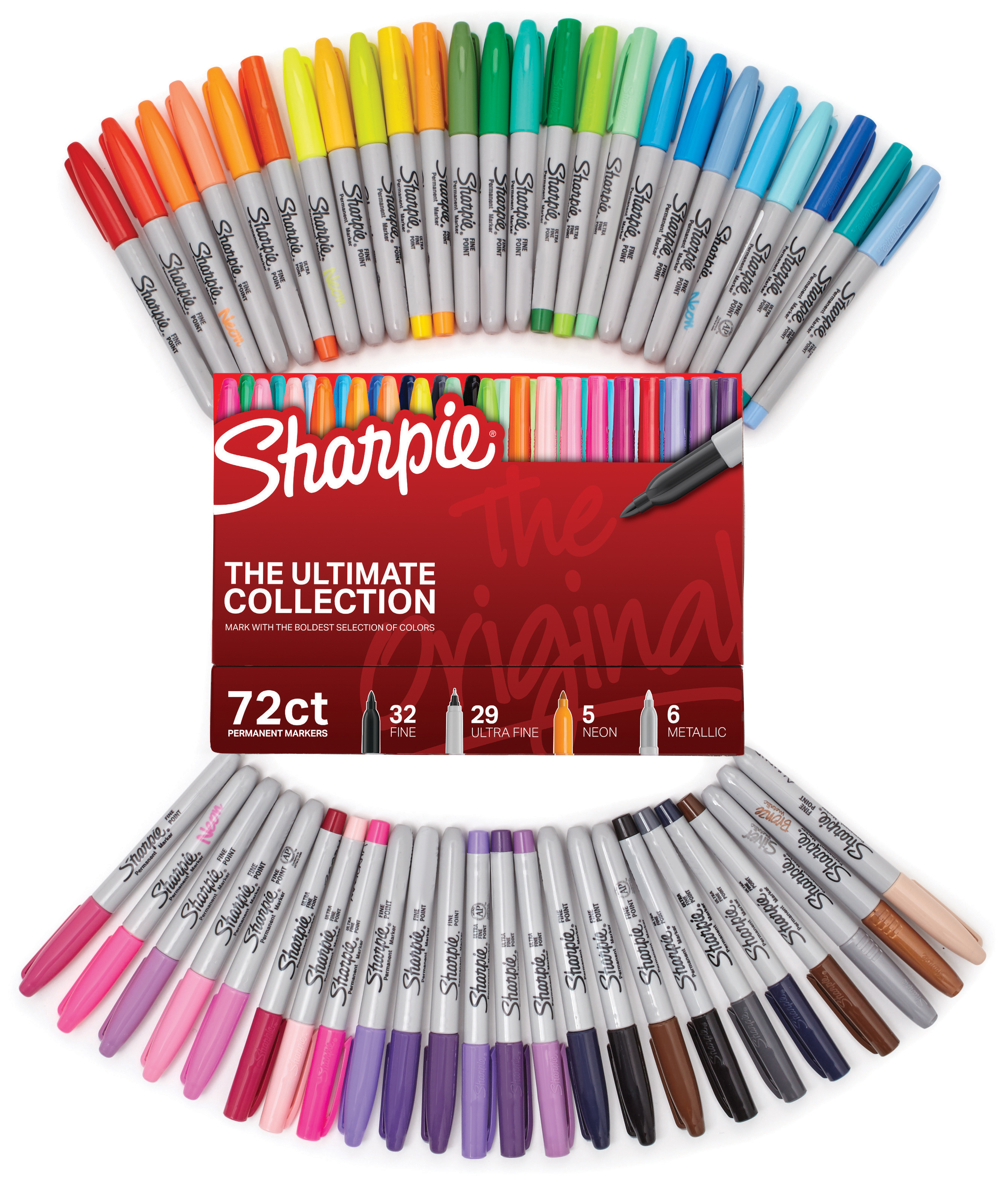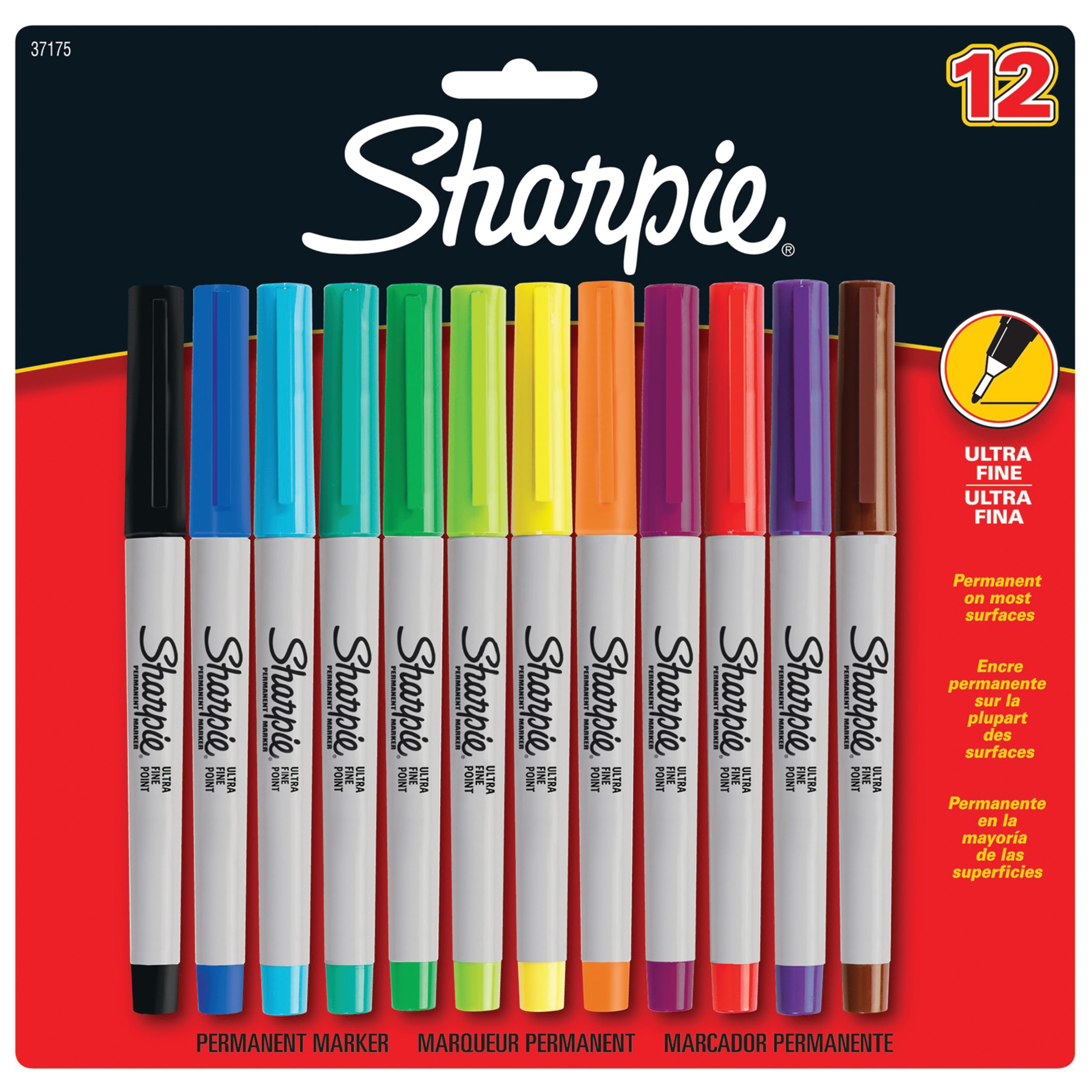In this auspicious occasion, we are delighted to delve into the intriguing topic related to pack of markers. Let’s weave interesting information and offer fresh perspectives to the readers.
Introduction
Hey there, budding artists! I’m your friendly neighborhood drawing teacher, here to help you unlock the magic of drawing with your brand new set of markers. Get ready for a fun-filled journey where we’ll learn to bring our imaginations to life on paper.

Why Draw?
Drawing isn’t just about making pretty pictures. It’s a super powerful tool that helps us in so many ways!
- Boosts Creativity: It’s like giving your imagination a playground where you can explore new ideas, create fantastical worlds, and invent amazing characters.
- Sharpens Observation Skills: Drawing teaches us to really look at things. We notice details we might have missed before, like the way light bounces off a shiny apple or the way a flower’s petals curl.
- Enhances Problem-Solving: When you’re drawing, you’re constantly figuring things out. How do you make a round object look round? How do you create depth and perspective? These are problem-solving skills that are useful in all areas of life.
- Expresses Feelings: Drawing is a great way to communicate without words. You can draw how you feel, what you think, or what you dream about. It’s a powerful form of self-expression.
- Builds Confidence: Every time you finish a drawing, you’ve accomplished something! This builds confidence and helps you believe in yourself.

Let’s Get Started!

Before we dive into the fun, tell me, what kind of things are you excited to draw? Are you interested in drawing animals, people, landscapes, or maybe something completely made up? Knowing your interests will help me tailor our lessons to what you love!
Lesson 1: The Power of Lines
Our journey begins with the simplest element of drawing: lines! Lines are like the building blocks of any drawing. They can be straight, curved, thick, thin, long, short – the possibilities are endless!
- Warm-Up: Grab your marker and just start doodling! Let your hand move freely and see what shapes and lines you create. Don’t worry about making it perfect, just have fun!
- Learning the Basics: Now let’s practice some basic lines. Try drawing:
- Straight lines: Horizontal, vertical, and diagonal.
- Curved lines: Circles, ovals, and squiggles.
- Zigzag lines: These are lines that change direction abruptly.

- Exploring Line Weight: Line weight refers to how thick or thin your line is. You can use different line weights to add emphasis to certain parts of your drawing. Try drawing the same line with different pressures on your marker to see how the thickness changes.
- Line Variations: Don’t be afraid to experiment with your marker! Try using different angles, pressures, and speeds to create unique lines.

Lesson 2: Shaping Up!

Now that we’ve mastered lines, let’s move on to shapes. Shapes are formed by connecting lines together.
- Basic Shapes: Start by practicing basic shapes like squares, rectangles, triangles, and circles. Use your markers to color them in and see how they look different with different colors.
- Combining Shapes: Once you’re comfortable with basic shapes, try combining them to create more complex shapes. For example, you can combine a triangle and a rectangle to make a house.
- Finding Shapes in Everything: Look around you and see if you can find these shapes in the world. The door is a rectangle, the sun is a circle, and the leaves on a tree can look like triangles. This will help you see how shapes are everywhere!
Lesson 3: Bringing Things to Life with Color
Now it’s time to add some color to our drawings! Your marker set is like a rainbow of possibilities.
- Color Mixing: Experiment with different colors to see what happens when you blend them together. You can use light pressure to create a lighter shade and more pressure to create a darker shade.
- Color Value: Color value refers to how light or dark a color is. You can use different values of the same color to create depth and dimension in your drawings. For example, a darker shade of blue can be used to create a shadow on an object.
- Color Harmony: Learning about color harmony will help you create pleasing combinations. There are many different color schemes, like complementary colors (opposite each other on the color wheel) or analogous colors (next to each other on the color wheel).
Lesson 4: Drawing Your Imagination
Now you have all the tools you need to start drawing your own creations! Don’t be afraid to experiment and have fun. Here are some ideas:
- Draw Your Favorite Animal: Think about all the details of your favorite animal – its fur, its eyes, its tail. Use different lines and colors to bring it to life!
- Create a Fantasy World: Imagine a world where anything is possible. Draw a magical creature, a flying castle, or a talking tree!
- Draw a Self-Portrait: Look in the mirror and try to capture your own unique features. You can use different lines and colors to express your personality.
FAQs
Now, let’s answer some common questions about drawing:
1. What if I don’t have a good drawing hand?
Everyone starts somewhere! The more you practice, the better you’ll get. Don’t worry about making mistakes – they’re part of the learning process. Remember, even the greatest artists started as beginners.
2. What if I’m not creative?
Creativity is like a muscle – the more you use it, the stronger it gets. Drawing is a great way to exercise your creativity. Start with simple things and gradually work your way up to more complex drawings.
3. How can I improve my drawing skills?
- Practice regularly: Even a little bit of drawing each day can make a big difference.
- Study other artists: Look at the work of artists you admire and try to understand how they use lines, shapes, and colors.
- Take drawing classes: There are many great drawing classes available online and in your community.
- Don’t be afraid to experiment: Try new techniques and experiment with different materials.
4. What’s the best way to store my markers?
It’s important to keep your markers organized and protected. A marker case or a pencil box is a good option. You can also store them upright in a container with the caps on.
5. What are some fun things to draw?
The possibilities are endless! Here are a few ideas:
- Animals: Dogs, cats, birds, fish, insects, and more!
- People: Portraits, cartoon characters, and figures in motion.
- Landscapes: Mountains, forests, rivers, and seascapes.
- Objects: Fruits, vegetables, furniture, and toys.
- Abstract art: Experiment with lines, shapes, and colors to create non-representational art.
Remember, the most important thing is to have fun! Don’t be afraid to experiment, make mistakes, and let your imagination run wild. Drawing is a journey, not a destination. So grab your markers and let’s start creating!

Thus, we hope this article has provided valuable insights into Downloads pack of markers. We appreciate your attention to our article. See you in our next article!
 Apoteksangiran.my.id News Bisnis Technology Tutorial
Apoteksangiran.my.id News Bisnis Technology Tutorial